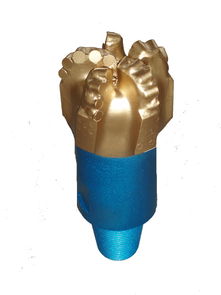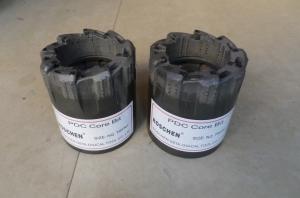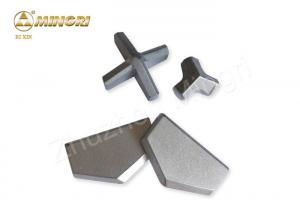
Drill Bits for Hammer Drill: A Comprehensive Guide
When it comes to drilling into tough materials like concrete, masonry, or stone, a hammer drill is an essential tool. And to make the most out of your hammer drill, you need the right drill bits. In this article, we will delve into the different types of drill bits available for hammer drills, their uses, and how to choose the perfect one for your needs.
Types of Drill Bits for Hammer Drills

Hammer drills use a combination of rotation and hammering action to bore through materials. Here are the most common types of drill bits designed for hammer drills:
| Bit Type | Description |
|---|---|
| Concrete Masonry Bits | These bits are designed for drilling into concrete, brick, and block. They have a carbide-tipped tip for durability and a spiral flute design for efficient chip removal. |
| Hammer Drill Bits | These bits are specifically designed for hammer drills and feature a chisel-like tip for breaking up materials. They are ideal for drilling into masonry, concrete, and stone. |
| Wood Bits | While not designed for hammer drills, wood bits can be used with them for drilling into wood. They have a sharp point and a spiral flute design for smooth drilling. |
| Steel Bits | These bits are designed for drilling into metal, such as steel or aluminum. They have a carbide-tipped tip for durability and a spiral flute design for efficient chip removal. |
Choosing the Right Drill Bit

Selecting the right drill bit for your hammer drill is crucial for achieving the best results. Here are some factors to consider:
- Material: As mentioned earlier, different materials require different types of drill bits. Make sure to choose a bit that is specifically designed for the material you are drilling into.
- Size: The size of the drill bit should match the size of the hole you need to create. Using a bit that is too small or too large can lead to poor performance or damage to the bit.
- Flute Design: The flute design of the bit affects chip removal and cooling. A bit with a larger flute design can remove chips more efficiently and reduce the risk of overheating.
- Tip Material: Carbide-tipped bits are more durable and can handle harder materials, while high-speed steel (HSS) bits are more versatile and suitable for softer materials.
Using Drill Bits for Hammer Drills

Using the right drill bit is only half the battle. Here are some tips for using drill bits for hammer drills effectively:
- Start Slowly: When drilling into tough materials, start with a low speed and gradually increase it as the bit gains traction.
- Apply Light Pressure: Too much pressure can lead to overheating and bit breakage. Apply light pressure and let the bit do the work.
- Keep the Bit Cool: Use a coolant or water to keep the bit cool and prevent overheating. This will also help in chip removal and extend the life of the bit.
- Change Bits as Needed: If you notice that the bit is getting dull or the drilling speed is decreasing, it’s time to change the bit.
Conclusion
Drill bits for hammer drills come in various types and sizes, each designed for specific materials and applications. By understanding the different types of bits and how to choose the right one, you can achieve professional results and extend the life of your hammer drill. Remember to start slowly, apply light pressure, keep the bit cool, and change bits as needed for the best performance.



